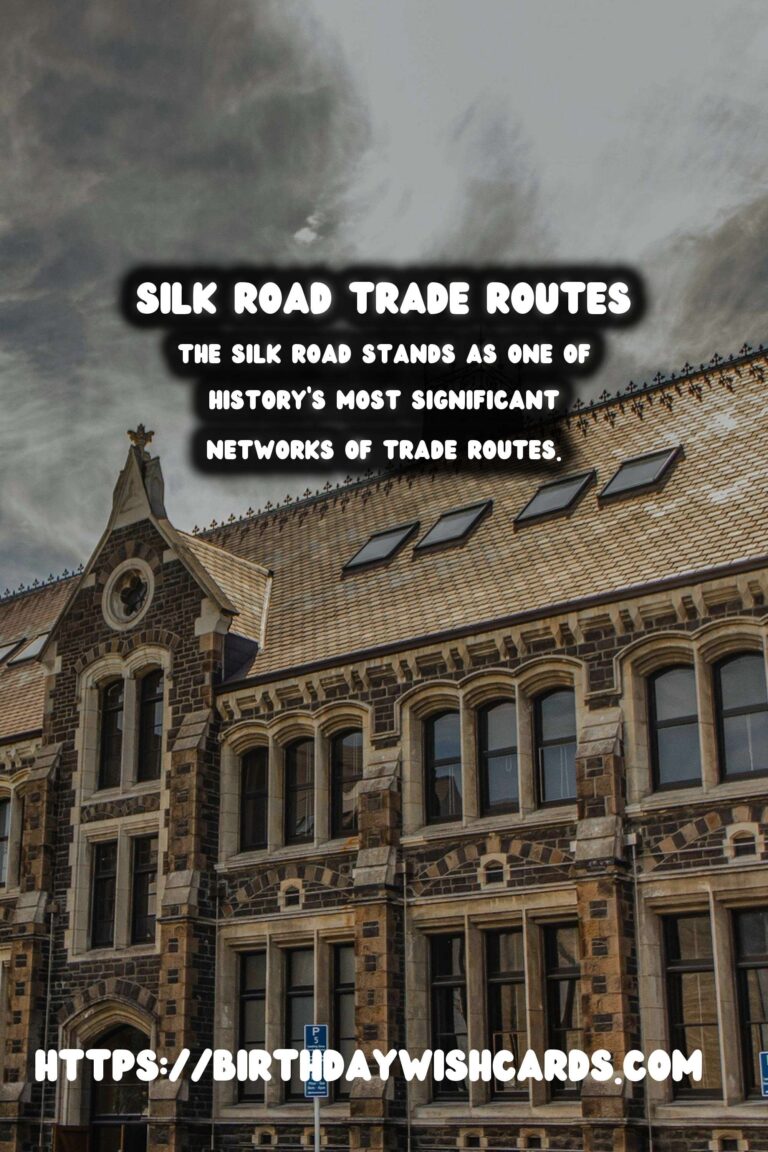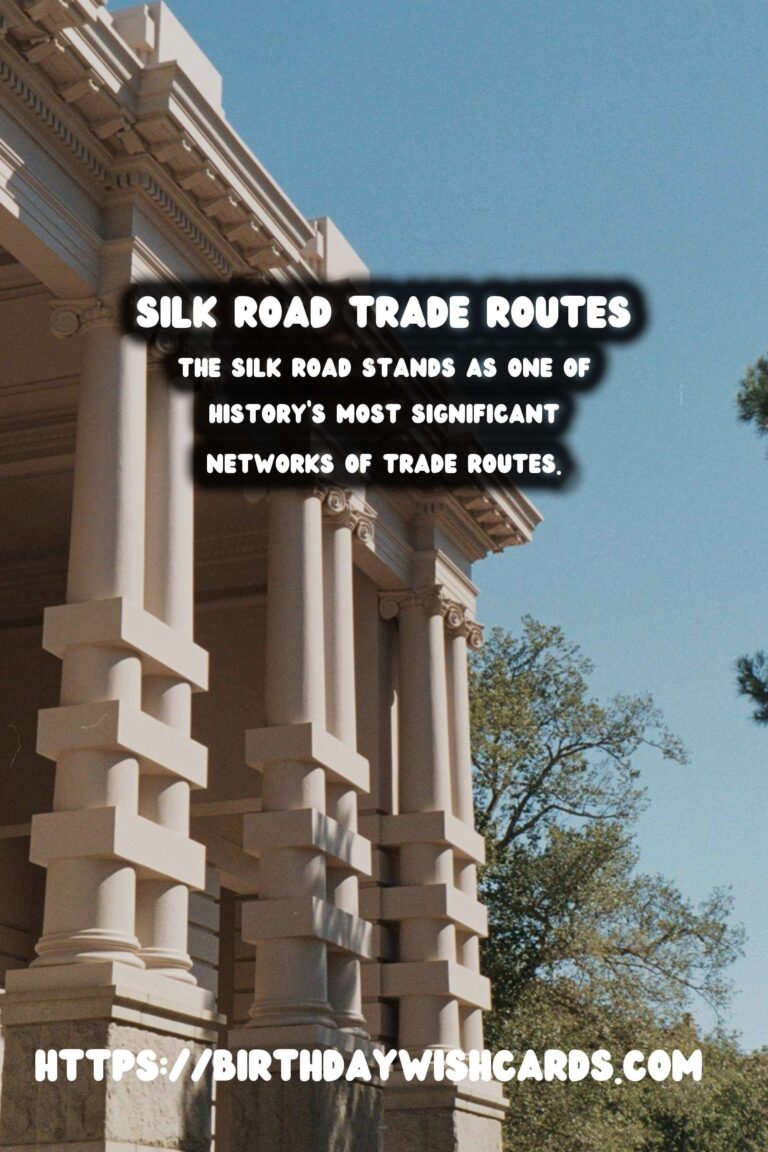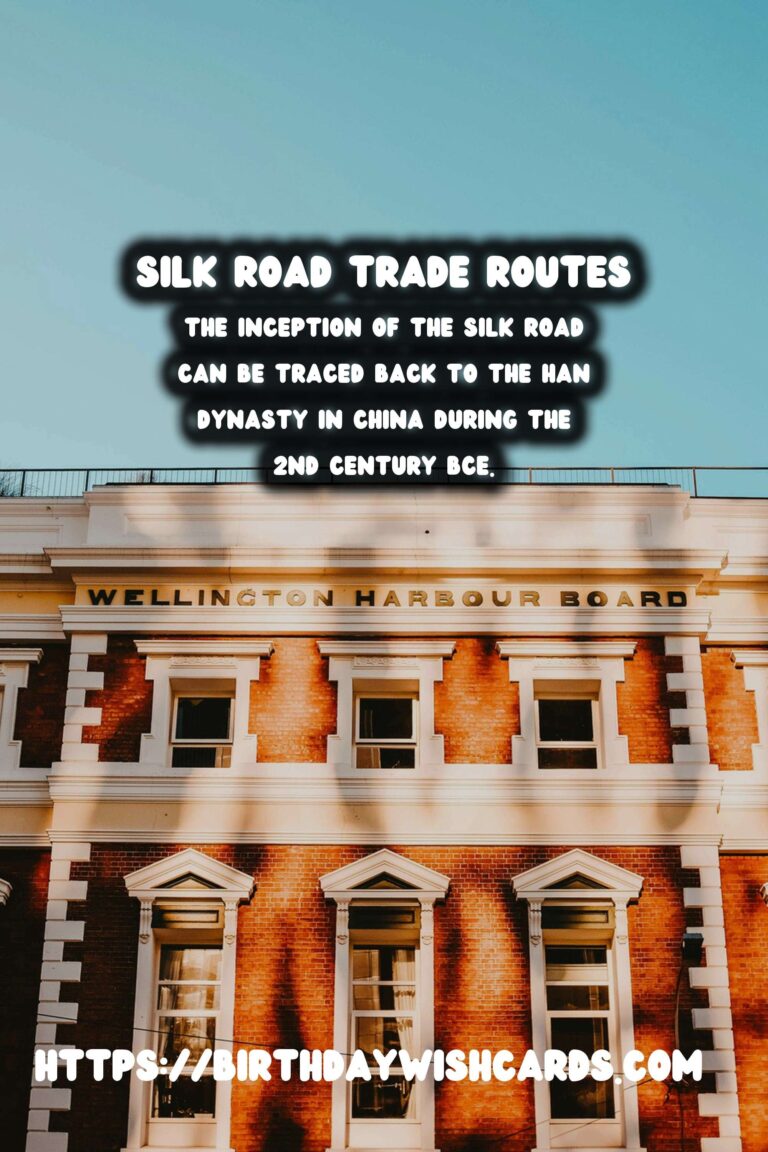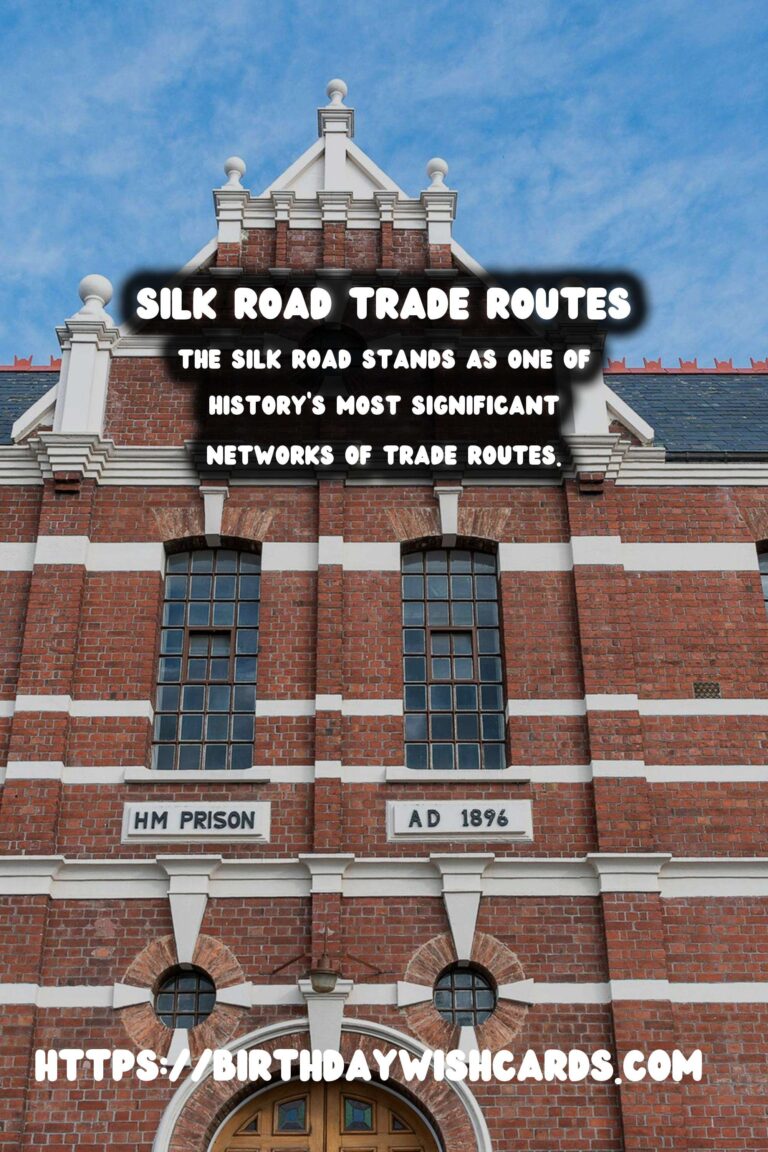
The Silk Road stands as one of history’s most significant networks of trade routes. Stretching over 4,000 miles, it connected the East and West and played a vital role in the cultural, commercial, and technological exchanges between civilizations. While it is renowned primarily for the trade of silk, the impact of the Silk Road on technology advancements was profound and far-reaching, shaping the world as we know it today.
The Birth of Cultural and Technological Exchange
The inception of the Silk Road can be traced back to the Han Dynasty in China during the 2nd century BCE. It became a conduit for both tangible goods and intangible ideas. Merchants, pilgrims, and travelers carried not only silk and spices but also knowledge and innovations. Technologies were disseminated along these routes, enabling civilizations to learn from and inspire one another, fostering global progress.
Technological Innovations Inspired by Trade
Alongside the luxury goods transported on the Silk Road, various technological innovations found their way across continents. For instance, the introduction of paper-making technology from China to the West revolutionized communication and record-keeping. This exchange was pivotal in the cultural and intellectual enlightenment of Europe.
Another major technological transfer was the dissemination of gunpowder, which originated in China during the Tang Dynasty. Its application fundamentally altered the dynamics of military power and warfare around the world, setting the stage for significant geopolitical changes.
The Silk Road and the Spread of Scientific Knowledge
Science made tremendous leaps forward thanks to interactions along the Silk Road. Mathematical concepts, astronomical knowledge, and advancements in medicine were some of the critical areas influenced by these exchanges. The transfer of Arabic numerals and the decimal system facilitated advancements in mathematics across diverse regions.
Medical texts and practices traveled extensively, leading to a more comprehensive understanding of health and disease. The Chinese, for instance, exchanged ideas about herbal medicine with traders from the Middle East, adding to a global repository of healthcare knowledge.
Architectural and Engineering Impact
The Silk Road also left its mark on architecture and engineering. The spread of architectural techniques resulted in a blend of styles, as seen in the Buddhist monasteries in Central Asia influenced by Indian and Persian designs. Additionally, advanced engineering techniques such as the construction of aqueducts and bridges were shared along these routes, significantly impacting the infrastructure development of cities across the territories connected by the Silk Road.
The Evolution of Maritime Technology
The Silk Road was not solely terrestrial; maritime routes contributed to the technological narrative. The exchange along these sea routes accelerated the development of navigation technologies, including more precise maps and advanced ship-building techniques, which were crucial for the Age of Discovery.
Conclusion
The Silk Road was more than just a trade network; it was a catalyst for technology and knowledge dispersal that transformed societies. Its impact on technological advancements is a testament to the power of cross-cultural exchanges. The innovations that stemmed from this ancient network still echo in modern technologies and science, underscoring the enduring legacy of the Silk Road in shaping the world.
The Silk Road stands as one of history’s most significant networks of trade routes. The inception of the Silk Road can be traced back to the Han Dynasty in China during the 2nd century BCE. 









#SilkRoad #TechnologyImpact




